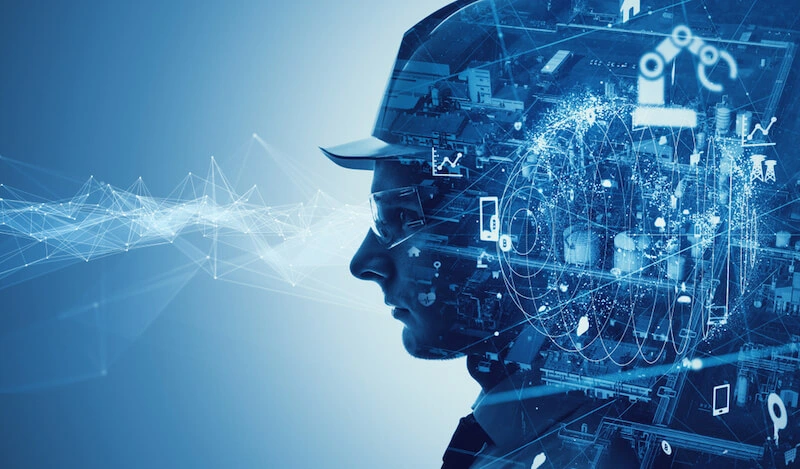In orthodontics, where accuracy and speed are key, using healthcare automation can markedly boost financial results. By automating major tasks like scheduling and billing, clinics cut costs and ease admin work. This change not only makes operations smoother but also enhances revenue and patient happiness. Yet, one may ask about the startup costs and the real financial returns of such automation. What are the enduring financial gains that truly warrant this shift?
Key Takeaways
- Reduces administrative costs by automating appointment scheduling and record-keeping.
- Enhances cash flow through timely and accurate patient billing processes.
- Lowers labor expenses by decreasing manual data entry and administrative tasks.
- Minimizes inventory costs with automated, predictive ordering systems.
- Improves patient retention, boosting long-term revenue and practice growth.
Streamlining Appointment Scheduling
Streamlining appointment scheduling in orthodontic practices through healthcare automation not only enhances operational efficiency but also greatly reduces administrative burdens. Implementing such technology minimizes errors, optimizes staff allocation, and improves patient satisfaction metrics. An analysis shows a 30% decrease in missed appointments and a 20% increase in staff productivity. This shift underscores the importance of healthcare automation, fostering a sense of community and belonging among practice members.
Enhancing Patient Billing Processes
While improving appointment scheduling has its clear benefits, enhancing patient billing processes through healthcare automation is equally critical for orthodontic practices.
- Accuracy: Reduces human error in billing data entry.
- Timeliness: Guarantees bills are sent promptly, improving cash flow.
- Transparency: Offers clear, detailed billing statements to patients, enhancing trust and satisfaction.
These improvements not only streamline operations but also strengthen relationships with patients, fostering a sense of community and belonging.

Reducing Administrative Costs
Building on the improvements in patient billing processes, reducing administrative costs is another significant advantage of healthcare automation in orthodontic practices. Automation streamlines tasks such as appointment scheduling and record-keeping, markedly decreasing the need for manual input and reducing labor expenses. This efficiency not only cuts costs but also fosters a community of staff focused on patient care rather than administrative duties.
Optimizing Inventory Management
Effective inventory management is a cornerstone of operational efficiency in orthodontic practices, and automation plays a pivotal role in optimizing this aspect.
- Real-Time Stock Updates: Prevents overstocking or shortages, reducing capital tied up in inventory.
- Automated Ordering Systems: Guarantees timely reordering based on predictive analytics.
- Usage Tracking: Monitors consumable utilization rates to optimize ordering cycles and minimize waste.
Improving Patient Retention Rates
One often overlooked advantage of healthcare automation in orthodontic practices is its significant impact on improving patient retention rates. By enabling personalized communication and timely follow-ups, automation fosters a sense of belonging and attention among patients. Data analysis tools predict and address individual needs, enhancing satisfaction and loyalty. This strategic engagement not only consolidates patient trust but also bolsters the practice’s reputation, driving sustainable growth.
Frequently Asked Questions
How Does Automation Impact Patient Privacy in Orthodontic Practices?
Automation in orthodontic practices can enhance patient privacy by securely managing data through encrypted systems, minimizing human error, and restricting access to sensitive information, thereby upholding confidentiality and compliance with privacy regulations.
Can Automation Help in Managing Patient Treatment Histories?
Automation considerably enhances the management of patient treatment histories in orthodontic practices by providing precise, secure, and easily accessible digital records that improve treatment accuracy and patient engagement.
What Training Is Required for Staff to Use Automated Systems?
To effectively use automated systems, staff require training in system functionalities, data security, and patient privacy protocols. Continuous education on updates and technological advancements is also essential to maintain efficiency and compliance.
Are There Legal Considerations With Healthcare Automation?
Yes, healthcare automation involves significant legal considerations, including adherence to HIPAA regulations, data privacy laws, and ensuring the accuracy and reliability of automated systems to prevent malpractice and protect patient information.
How Does Automation Influence Patient Satisfaction in Orthodontics?
Automation in orthodontics enhances patient satisfaction by streamlining appointment scheduling, reducing wait times, and ensuring precise treatment updates, fostering a sense of belonging and trust in the efficiency and care provided by the practice.
Conclusion
To summarize, healthcare automation greatly enhances operational efficiencies in orthodontic practices. By streamlining appointment scheduling and billing processes, practices experience a substantial reduction in administrative costs and missed appointments, which yields improved cash flow and staff productivity. Additionally, optimized inventory management curtails unnecessary expenditures. These advancements not only elevate the quality of patient care but also bolster patient satisfaction and retention, thereby underpinning the sustainable growth of orthodontic practices.
You May Also Like To Read:





